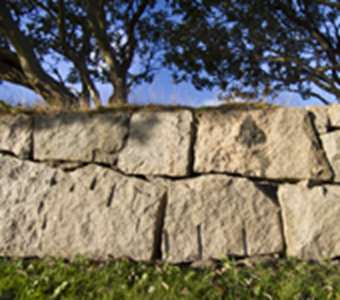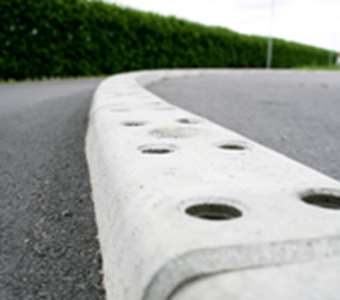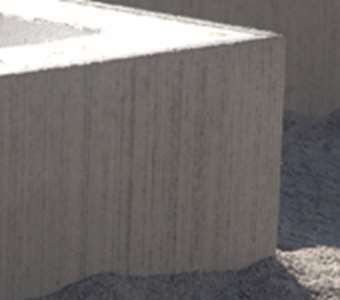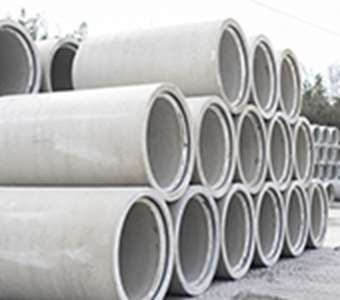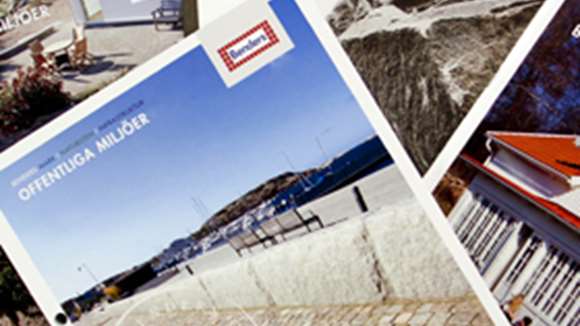The tunnel through Hallandsåsen comprises two single-track lines on a stretch that, in total, is 8.7 kilometres long. It runs from Båstad in the north to Förslöv in the south and is an important part of the west coast line between Gothenburg and Lund. The first trains are due to go through the tunnel in 2015. By then, Benders will have supplied the project with 35 kilometres of object-specific cable ducting.
Construction of the tunnel through Hallandsåsen started in 1992, but was halted five years later owing to environmental concerns. It recommenced six years after that and the first trains are due to use the tunnel in 2015. For the Hallandsåsen tunnel, Benders is to supply 15,600 cable ducting elements. Their total length is 35 kilometres! Benders’ production of the cable ducting began in September 2012 and will run until the middle of 2014. The first cable ducting elements for the tunnel were delivered in February 2013. Deliveries have been continuous since then.
All the cable ducting elements are made in our strategically located Åstorp factory just outside Helsingborg. To meet the project’s particular needs, several variants of object-specific ducting have been developed. Cable ducting with and without central walls and in various widths has been produced alongside split ducting for jointing chambers and ducting with ready-made openings for cable routing. In-house mould production, know-how and resources mean that we can be flexible and thus specially adapt and develop products for projects. This makes us a complete supplier of concrete products.
The fundamental cable ducting element measures 2,250 x 820 x 640 mm and weighs 1,000 kg. Lids in the ducting will serve as escape hatches in the event of breakdown or accident. In total, Benders is supplying 46,800 lids. These are made at our Frillesås facility just north of Varberg. The lids are 70 m thick and weigh almost 100 kg each. This is necessary for them to stay in place; trains hurtle through the tunnel at 200 kph.
“Benders is a supplier that listens very closely to its customers’ needs and requirements. In developing the cable ducting, we had extremely severe quality and tolerance requirements. Meeting these presented great challenges for the supplier. The delivery schedule has worked perfectly. Production has been planned well in advance. Consequently, even though the project has progressed very quickly, we have never been short of materials at worksites,” Kenneth Olsson, the Swedish Transport Administration.
Once the tunnel was ready for the cable ducting elements, installation was impressively rapid – up to 213 elements (around 0.5 kilometres) per shift. The space between the cable ducting and the tunnel walls was then backfilled for the laying of concrete slabs. Around 22,000 square metres of Benders’ smooth, 300 x 300 x 60 mm slabs have been laid in this space to form, along with the lids, a continuous evacuation route.
All materials (object-specific cable ducting, standard ducting, lids, catenary post bases, tieback anchors, jointing chambers, chamber rings and smooth slabs, etc.) together make up a Benders’ delivery of around 30,000 tonnes of concrete products.
















